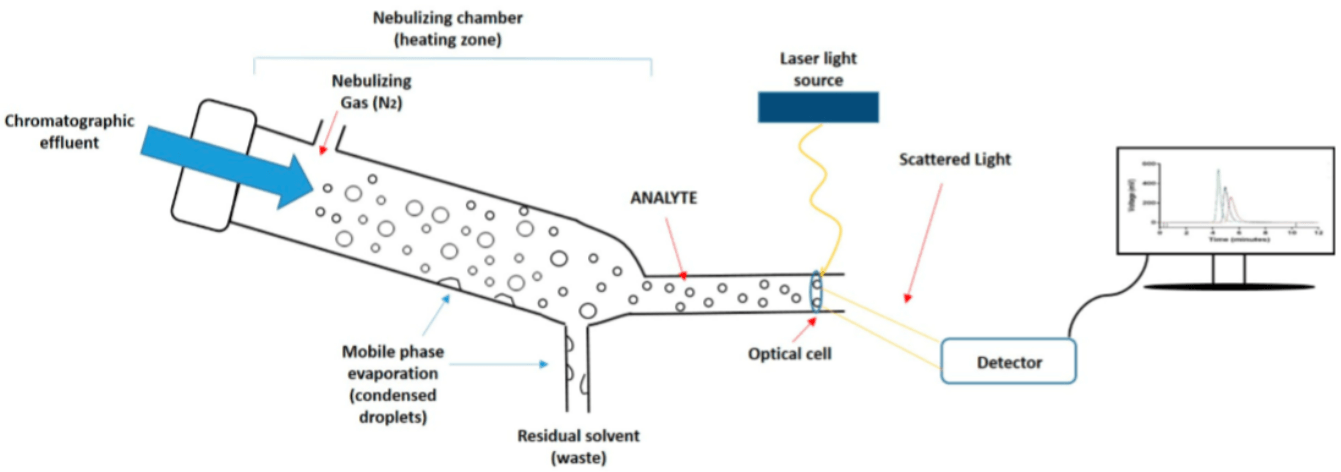Liposome Lipid Content Analysis
Relying on the rich experiences in liposome research and development, Creative Biostructure offers world-leading liposomal products and services to customers. Our comprehensive Mempro™ Liposome Technology can be applied in various fields capable of delivering all kinds of services to determine liposome properties such as lipid content analysis.
Why lipid content analysis is important to liposome?
It is important to determine the lipid composition since lipid formulation has been designed to meet a specific need in drug delivery system. Quantification of lipid components is a key attribute related to drug incorporation and release rate, pharmacokinetic properties, and stability. Normally, more than two lipid compositions with a specific ratio are chosen to develop liposome formulation, examination of lipid species and amount in final preparation becomes a crucial step to make sure lipid formulation is developed as needed.
Liposome lipid content analysis methods
Thin layer chromatography (TLC)
TLC shows great potentials to efficiently separate and semi-quantitatively analyze the lipids in liposome samples. A mixture of organic solvents can be used as the mobile phase to separate lipid loaded on TLC plates, followed by different staining assays before quantification.
High performance liquid chromatography (HPLC)
High-performance liquid chromatography (HPLC) is the technique of choice for efficient separation of lipid components based on their differences in hydrophobicity, head group compositions, and polarities. Appropriate detectors for lipids, such as evaporative light scattering detectors (ELSD), are required for the quantification of these lipids.
 Figure 1. Schematic representation of the mechanism of an evaporative light scattering detector (ELSD). (Carla B. Roces, 2016)
Figure 1. Schematic representation of the mechanism of an evaporative light scattering detector (ELSD). (Carla B. Roces, 2016)
NMR spectroscopy:
NMR is also used to quantify lipids present in a liposome sample. Different lipids give their signals with slight different chemical shift since each particular lipid molecule will result in a specific resonance frequency of phosphorus. Quantitative results can be subsequently achieved by comparison of the resonance frequency. NMR spectroscopy also permits identification of important structural features like saturation level, methyl branches, etc.
With a combination of advanced instrumentation and skilled technicians, Creative Biostructure holds precious experiences in preparation, engineering and characterization of liposomes and their derivatives. Please contact us to share more about your research and get a detailed quote.
Ordering Process
References
- Carla B. Roces, et al. (2016). Rapid quantification and validation of lipid concentrations within liposomes. Pharmaceutics, 8: doi:10.3390.
- L. H. Klausen, et al. (2016). Mapping surface charge density of lipid bilayers by quantitative surface conductivity microscopy. Nature Communications, 7: 12447.
- H. Kobayashi, et al. (2003). Comparative study of the product components of lipid oxidation in aqueous and organic systems. Chemistry and Physics of Lipids, 126: 111-120.
